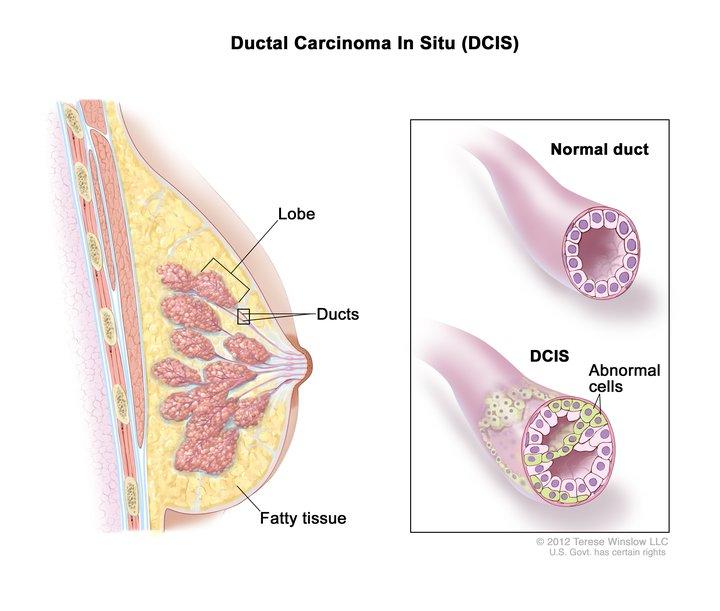Living Near Ethylene Oxide Emissions Linked to Higher Risk of Breast Cancer in situ
, by Elise Tookmanian, Ph.D.
Ethylene oxide is used in the production of ethylene glycol and other chemicals and to sterilize medical equipment. Production facilities that emit ethylene oxide are distributed throughout the U.S., and some are located near residential areas. A new study found that living in areas closer to production facilities with higher environmental emissions of ethylene oxide is associated with higher risk of developing ductal carcinoma in situ (DCIS), a non-invasive, early-stage breast cancer. This study was published in the Journal of the National Cancer Institute on January 12, 2023.
Previous studies have focused on workers with high occupational exposure to ethylene oxide. This study is the first prospective study to investigate the risk of breast cancer and non-Hodgkin lymphoma associated with lower exposure to environmental emissions. In the current study, Rena R. Jones, Ph.D., M.S., in the Occupational and Environmental Epidemiology Branch and colleagues analyzed data on participants enrolled in the National Institutes of Health–AARP Diet and Health Study from 1995-1996. To estimate ethylene oxide exposure for participants, the investigators used regulatory data collected by the U.S. Environmental Protection Agency and accounted for the distance between the facility and each participant’s home, the historical emissions from the facility, and the prevailing wind direction over time.
The researchers found that higher ethylene oxide emissions near the home were associated with an increased risk of developing DCIS, but not with invasive breast cancer. Study participants living closest to a production facility (within 3 km) had the highest estimated exposure to ethylene oxide and a 60% increased risk of DCIS. For non-Hodgkin lymphoma, no clear pattern of association was observed, unlike previous studies of occupational exposure to ethylene oxide.
These results require further validation with larger populations. In 2021, the U.S. Environmental Protection Agency increased the level of required controls on ethylene oxide emissions to reduce any potential risk to communities living near these production facilities.
Reference
Jones RR, et al. Ethylene oxide emissions and incident breast cancer and non-Hodgkin lymphoma in a US cohort. J Natl Cancer Inst. 2023.
